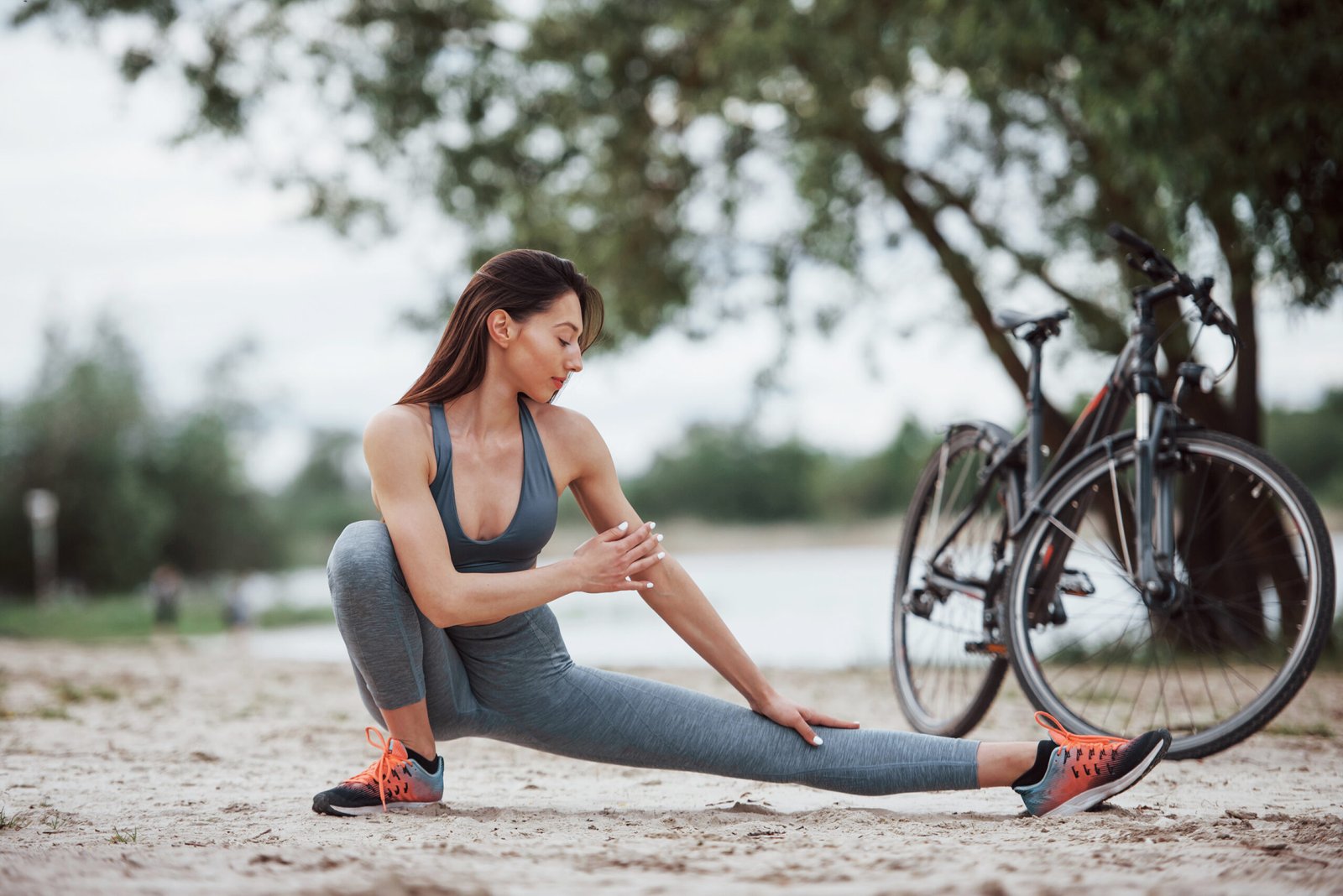Knowing which actions to make and when to make them can make a huge impact.
Do you want to be able to jump higher, run faster, and move pain-free? If you’re active and exercise consistently, the reason you’re not meeting your goals isn’t a lack of activity, but a lack of mobility.
Flexibility is your joints’ capacity to move through their whole range of motion without pain or stiffness. It also describes the flexibility of the muscles that support the joints. Flexible muscles and tendons provide a broader range of motion during activities.
You may enhance your flexibility through a variety of workouts, including stretching. Static stretching, which involves holding one posture for an extended amount of time, may be your preferred method of warming up before a workout.
According to a study published in the Journal of Strength and Conditioning Research, dynamic stretching, or stretching while going through an exercise, appears to be more effective than static stretching as a warm-up.
A 10-minute dynamic warmup before a workout has been associated to improved shuttle run time, medicine ball throw distance, and jump distance.
Try these five flexibility exercises to enhance joint flexibility and function, allowing you to move more freely and increase strength and performance during your next workout.
1.Ankle Mobility
Good ankle mobility leads to better balance, fewer falls, and improved performance during activities such as squats and deadlifts.
Equipment needed: none
Movement: ankle dorsiflexion and plantar flexion.
1.Stand tall beside a wall.
2.Place one hand against the wall for support.
3.Slowly rock forward on your toes, assuming a tip-toe position.
4.Slowly rock back onto your heels, elevating your toes off the floor.
5.Repeat ten times.
2.Walking hip openers
Your hip joint is a ball and socket that may move in all directions. Warming up the hips and surrounding muscles before beginning any activity is critical since they contribute significantly to balance and stability.
Equipment needed: none
Muscles used: glutes, hip flexors, hip extensors, hip abductors, hip adductors.
1.Stand tall, feet hip-width apart.
2.Plant your feet firmly on the ground and bring your left knee to your chest.
3.Create a circle with your left knee by bringing it up and across your body, then out to the side and down.
4.Place your left foot on the floor and repeat on the right.
5.Repeat ten times, then reverse the sequence by bringing your leg out to the side first and then across your body.
3. Thoracic spine windmills on floor
The thoracic spine runs down the center of your back, from the base of your neck to the end of your rib cage.
With good thoracic spine mobility, you can freely move your arms over your head and turn sideways. Poor mobility can cause shoulder pain, poor posture, and upper back pain.
Equipment needed: towel or foam roller.
Muscles used: core, upper back, spine stabilizing muscles, and obliques
1.Lie sideways on the floor.
2.Bend your knees and hips to just past 90 degrees, and place your knees alongside you on the floor.
3.Straighten your bottom leg and place your upper leg on a foam roller or a towel without changing positions.
4.Extend both arms along the floor, straight out in front of your body. They should be piled, palms together, at shoulder level.
5.Slowly lift your upper arm and rotate it away from you, exposing your chest to the ceiling. Rotate your head and trunk so that your hand is on the opposite side of your body, if possible.
6.Hold this stance for three seconds before slowly bringing it back to touch your other hand.
7.Repeat five times on each side.
4.Shoulder pass-through
Many people have chest and front of shoulder tightness as a result of poor posture. Warming up your shoulders before an exercise might help you improve your form and avoid injuries.
Equipment needed: broomstick or PVC pipe.
Muscles used: rotator cuff, anterior deltoid, chest, and upper back
1.Stand with your feet shoulder-width apart, holding a broomstick parallel to the ground. Use an overhand grip, keeping the bar as broad as possible.
2.Keep your arms straight and slowly elevate the broomstick above your head. Keep your core tight to maintain proper posture and balance.
3.Bring the broomstick behind your head as far as you can. Hold for 2 seconds then return to the starting position.
4.Repeat five times..
5.Neck half circles
Neck mobility is commonly overlooked, despite its relevance in everyday activities. Poor neck movement can cause discomfort and difficulties in the neck, head, and upper back.
Equipment needed: none
Muscles used: neck flexors and extensors, trapezius.
1.Sit or stand comfortably, hands on lap.
2.Tilt your head to one side to feel a stretch. Roll your head forward slowly, bringing your chin to your chest as far as possible without causing pain.
3.Continue to turn your head to the other side until you feel a stretch on the opposite side of your neck.
4.Make three half-circles, moving slowly and smoothly throughout.
Precautions
Always check your doctor before beginning a new exercise routine. Dynamic warm-up and range-of-motion exercises may not be suitable for everyone, particularly those who have had past injuries or joint replacements.
If you’re unsure whether you’re performing these exercises correctly, consult a qualified practitioner, such as a physical therapist.


Add a Comment